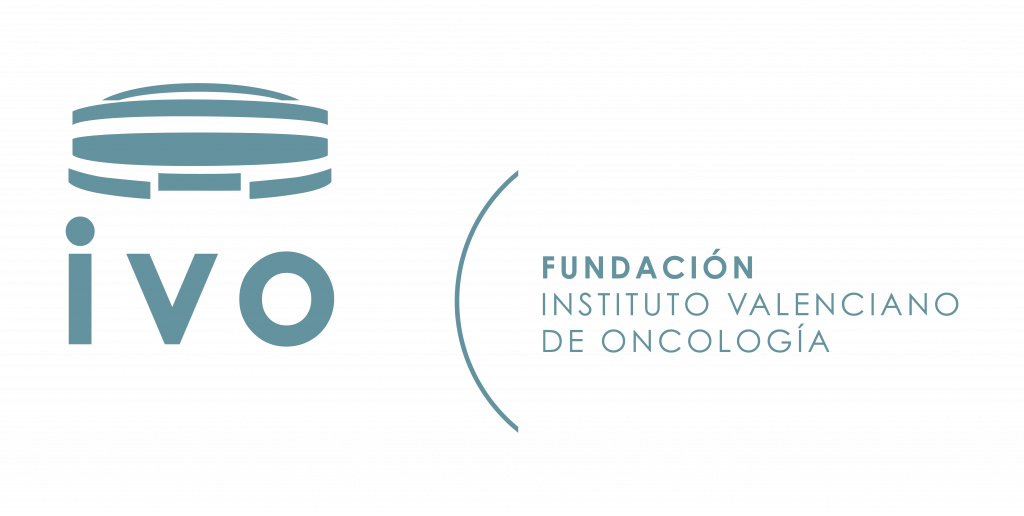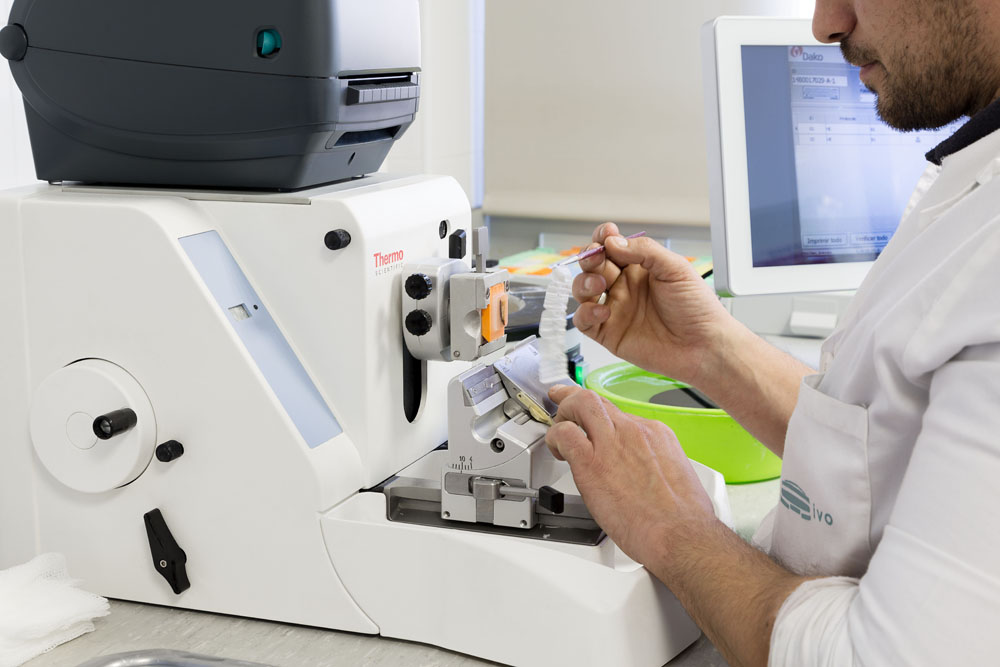Surgery is the main treatment. After diagnosis, which is obtained by completely removing the tumour or, in large tumours, by biopsy of part of the tumour, the margins are cleaned by removing 0.5 to 2 cm of apparently healthy skin around the primary tumour. These safe surgical margins are employed to reduce the possibility of melanoma remnants that may have been missed in the analysis of the sample used for diagnosis.
Surgery is also used to check for metastases in regional nodes (for example, those in the armpit when the melanoma is in the arm), known as a sentinel node biopsy, and, in some circumstances, to remove metastases from both nodes and other organs.
In addition, there are occasions when radiotherapy or other local treatments may be used. However, undoubtedly the most important treatments that have undergone the greatest change in recent years are those that are administered either to reduce the likelihood of a removed melanoma developing metastases over time (adjuvant treatment) or to treat metastatic disease. For these circumstances, there are drugs that have been developed to curb the tumour’s molecular characteristics, both gene mutations that lead to the uncontrolled reproduction of the cancer cell and molecules that inhibit immune system cells and prevent them from attacking the cancer cell.







